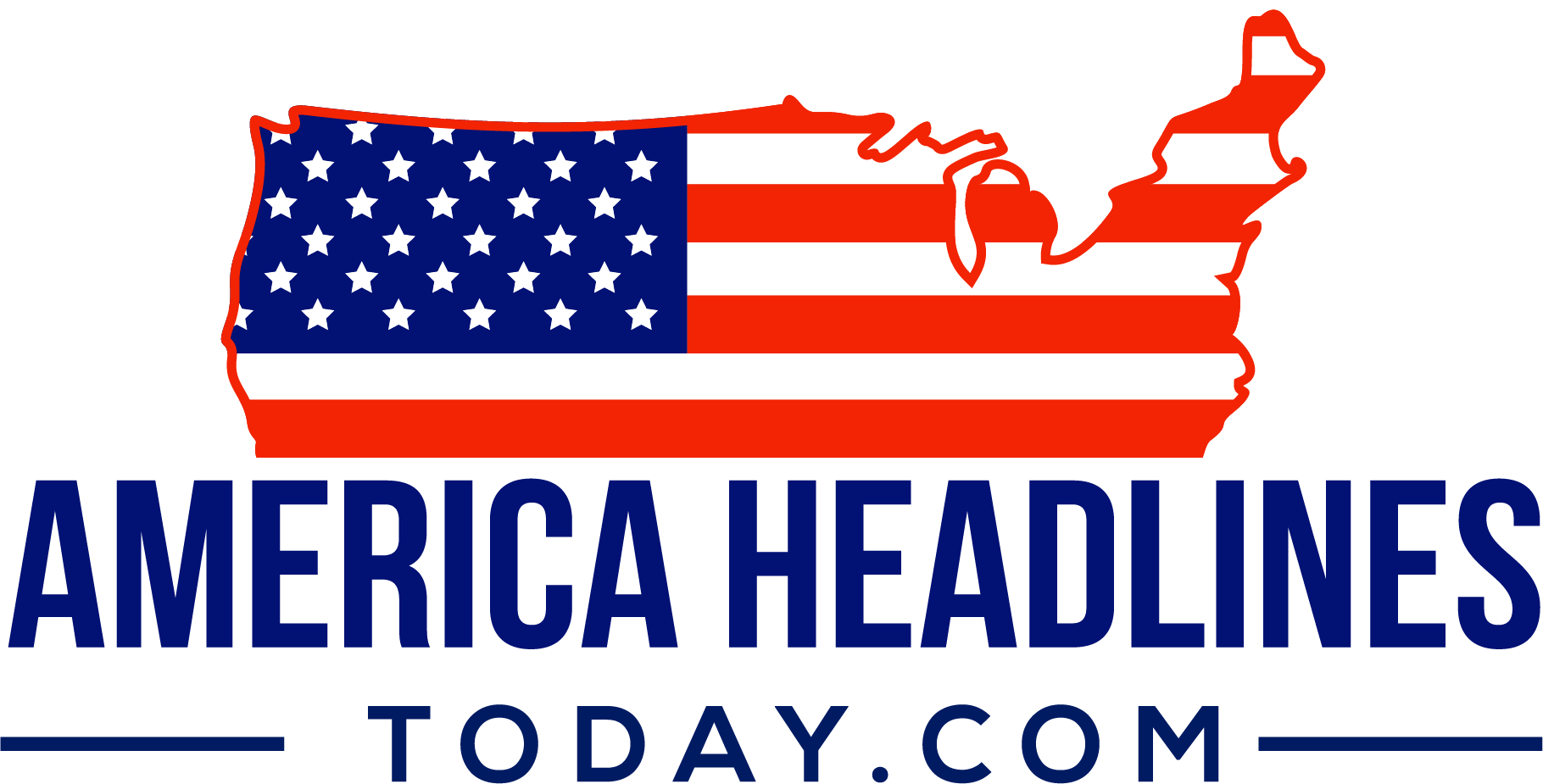President Trump’s unprecedented $100,000 H-1B visa fee jolts America’s employers, skilled workers, and students—raising alarms about the future of U.S. innovation and constitutional protections.
Story Snapshot
- The Trump administration imposed a $100,000 fee on new H-1B visa petitions, effective September 21, 2025.
- Employers, students, and skilled foreign workers face confusion and immediate disruption.
- Supporters argue the fee protects U.S. jobs; critics warn of economic harm and legal challenges.
- The tech sector and academia risk losing global talent, intensifying debate over immigration and labor policy.
Trump’s $100,000 H-1B Fee: Sudden Action and Immediate Fallout
On September 19, 2025, President Trump issued a proclamation requiring most new H-1B visa applicants to pay a $100,000 fee, marking the largest single hike in U.S. visa history. The White House justified the move as a crackdown on alleged abuses and a defense of U.S. workers. However, the abrupt rollout stunned employers, international students, and skilled workers—from Silicon Valley to overseas talent hubs—who scrambled to assess the financial and operational impact. Initial government guidance was unclear, compounding confusion during the first critical days after the announcement.
By September 21, 2025, the new fee officially took effect, applying only to new H-1B petitions filed after that date. The Department of Homeland Security and USCIS published clarifications, which excluded renewals and existing visa holders but did little to calm widespread anxiety. Companies in tech, healthcare, and research began cancelling or postponing hiring plans, citing cost barriers and regulatory uncertainty. International students and skilled professionals—many with advanced degrees—were left in limbo, facing steep new hurdles to U.S. employment and residency.
Background: Why the H-1B Visa Matters and What Changed
The H-1B program has long supported America’s global leadership in technology and research, with about 750,000 workers employed under this status. Traditionally, U.S. employers use H-1B visas to fill roles requiring specialized knowledge—a vital pipeline for innovation and competitiveness. Past reforms have sought to prevent wage suppression and worker displacement, but never at this scale or speed. The Trump administration’s actions echo earlier efforts to restrict skilled migration, now reframed as decisive protection for domestic labor and a pushback against perceived globalist excess.
Historically, fee increases and temporary visa bans were incremental and subject to judicial review. This time, the administration’s dramatic fee hike and swift implementation generated instantaneous global disruption. Industry groups and foreign governments—most notably India, the leading source of H-1B talent—voiced urgent concerns about the economic, diplomatic, and social fallout.
Key Stakeholders and Power Dynamics
President Trump and his advisors directed the Department of Homeland Security and USCIS to enforce the new fee, wielding regulatory authority over U.S. employers and international applicants. Tech giants, hospitals, and universities—major beneficiaries of the H-1B system—now face sharply higher costs and operational uncertainty. Skilled workers and students, both in the U.S. and abroad, are forced to reconsider their prospects. Foreign governments, especially those with strong bilateral ties to the U.S., have begun lobbying for relief and clarity. Industry associations and legal advocates are exploring litigation and policy responses to protect economic interests and constitutional norms.
The power imbalance is pronounced: the federal government controls visa issuance, while employers and applicants must react and adapt. Industry groups may challenge the fee in court, citing precedent and potential overreach, but for now, the policy remains in force, reshaping the talent landscape.
Economic, Social, and Political Impacts
In the short term, the $100,000 fee has already disrupted hiring cycles, business operations, and career plans. Companies reliant on H-1B talent report cancellations and delays, while international students and workers express fear and uncertainty about their futures in the United States. The tech sector, universities, and research institutions face the greatest risk of losing access to global expertise, potentially hampering innovation and growth.
Longer-term, America’s reputation as a magnet for high-skilled immigrants hangs in the balance. Critics warn of a “brain drain” and diminished competitiveness, while supporters claim the policy will safeguard jobs and curb program abuse. This flashpoint in immigration policy amplifies core debates over constitutional rights, government overreach, and the protection of conservative values—issues that resonate deeply with Americans who demand accountability and common sense in Washington.
Watch the report:Trump’s $100K H-1B visa fee hike sparks confusion and concern
Sources:
Employment Law Worldview: Understanding the New $100,000 H-1B Fee and its Effect on U.S. Employers
White House Proclamation: Restriction on Entry of Certain Nonimmigrant Workers
